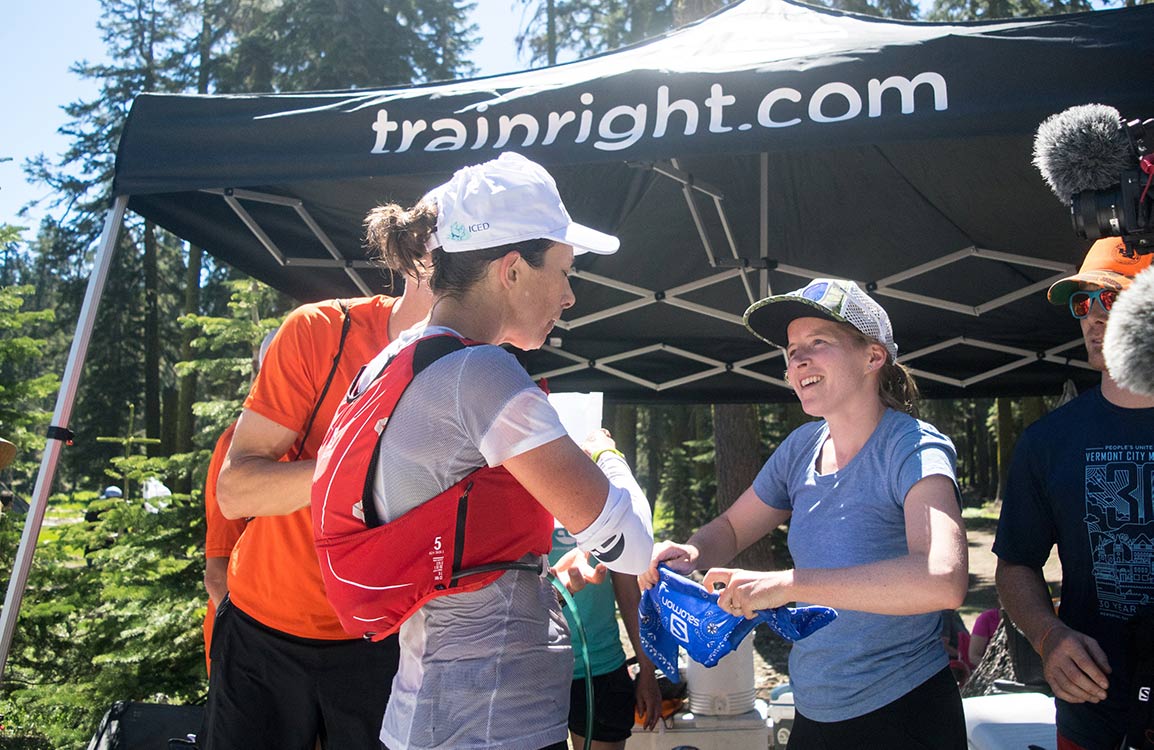
How to Optimize Ultramarathon Aid Station Stops
By Darcie Murphy,
CTS Ultrarunning Senior Coach
As you begin race day planning for ultrarunning events, you must consider aid station strategies. Where are the aid stations located? How can you best utilize them to manage the course and the race most effectively? CTS Coaches support athletes – from champions like Katie Schide to first-timers – at local races as well as the biggest events in the world (Western States, UTMB, Javelina Jundred, and Black Canyons Ultra, to name a few). While being sure to obtain adequate sustenance and gear at each station, our strategy for athletes is to get in, get out and on your way without wasting time. It may sound simple, but as fatigue sets in, the following tips may help keep you moving forward during your next race.
Make an aid station plan
Most races provide enough information to allow you to plan your race in advance. Typically, you can view the total number of stations and the distance and vertical gain/loss between them. Take note of whether personal crews and/or drop bags will be available. Also look up what will be available at each stop in terms of snacks, hydration options, and medical personnel. Before race day, establish how you plan to use each aid station to keep moving up the trail at the best of your ability.
It’s helpful to estimate the anticipated duration between each aid station (keeping in mind, most ultrarunners’ race pace is near their recovery run pace). You must look beyond the distance between stations. Also consider the distance into the race, elevation gain/loss, terrain and temperature. This can help you estimate the amount of fluid and calories you’ll want to carry as you leave each aid station.
For longer events, you may need to change shoes or complete other gear exchanges. In this case, know which stations are accessible to personal crews. If you don’t have a crew or they cannot access a specific location, you may need to rely on a drop bag. Typically, these are collected at race registration or the start line. For very long events such as 200/+ milers, it can be helpful to plan where you will sleep so you are not trying to make those decisions in the moment.
Communicate how you plan to use aid stations to your crew members, preferably in writing. Some runners prefer a laminated summary of this plan and keep this on their person during the race. Keep these plans as simple as possible, and remember no plan is set in stone. Devise a system you think will work and test it in training races. During your goal event, adhere to it as long as it continues to be advantageous. Having a plan provides a structure you can adjust from when the unexpected happens, and something familiar to return to.
Know what you need before getting to the aid station
Wherever you are on course, track your location in relation to the next aid station. Continuously evaluate the amount of fluid and calories you’re consuming, the air temperature, the well-being of your feet, and other issues you may need to address at the next aid station. Around 10-20 minutes prior to arriving at the aid station, make a simple mental checklist of your necessary tasks. The goal should be to leave this aid station with everything necessary to reach the next in the best state possible.
I recommend having a specific number of ‘must do’ tasks for each aid station. Keep these tasks locked in your memory or denote the total number of tasks somehow. One way some athletes do this is by placing a (loose) rubber band around your finger and moving it to the digit that correlates with the number of tasks you need to do at an upcoming station. For example, you may only need fluids and to re-apply sunscreen at an aid station early in the race. That’s only two action items to execute.
Later in the race you may need to address more tasks, which may be tricky because of fatigue. To make matters worse, late in a race an aid station can be a disorienting hive of activity of people. Therefore, it’s even more important to plan ahead. Know your action plan precisely so you won’t be distracted once you arrive.
You should have your nutrition and hydration strategies dialed from your pre-race training. To create this strategy, refer to Coach Jason Koop’s ‘Bullseye Nutrition Strategy”. Adhere to the key principles you developed in training, to the best of your ability.
Although you don’t want to carry extra fluid unnecessarily, you absolutely don’t want to leave an aid station without plenty of hydration. Once you’ve addressed hydration needs, assess calories. How much do you have left with you and how much might you need for the next leg? Keep the math simple, base it on what worked in training, and err on the side of carrying a little extra.
Assess weather, your body temperature, and any changes you or the volunteers expect in the weather. Afternoon thunderstorms frequently develop in mountainous areas in the summer, for instance. In desert areas, the mid-day heat may be a bigger concern. Change out any gear you may need to keep yourself safe to efficiently move along the course.
► Free Ultrarunning Training Assessment Quiz
Take our free 2-minute quiz to discover how effective your training is and get recommendations for how you can improve.
Stay calm and focused
Arriving at an aid station can be jarring, especially if you’ve been enjoying the quiet solitude of a remote trail. Some races are known for having a party atmosphere at aid stations, complete with music, lots of lights, socializing and even stashes of alcohol. Mentally prepare yourself for the sudden shift from the quiet of your thoughts to the bright lights and hubbub of the aid station.
If you are using a personal crew, make sure they set up in an area of the aid station that matches the environment you desire. Runners should also decide the extent to which you wish to engage in the social aspect of the race, and how that fits into your overall goal. Having established this, you can have your fun and stay focused on executing your plan. Use aid station energy as a refreshing boost, but don’t get so engaged that you stick around too long.
Use the reboot to propel you up the trail, but stick to your pace plan
Most runners find they leave aid stations with a little more bounce in their step. The energy and encouragement from volunteers and crews can help catapult you forward. Use this momentum to your advantage but resist being overzealous and speeding away from the aid station too quickly. Stick to your general pacing strategy. Do your best to meld aid station energy and your pacing plan, but don’t burn a match unnecessarily.
Know what aid stations typically do not offer
This may seem a small detail, but it’s helpful to understand what won’t be provided on course. Although basic medical provisions are usually available, runners are typically responsible for the supplies and know-how to fix blisters. You should always carry a small, basic blister kit with you, and know how to use it. Additionally, small events and remote aid stations may only provide very basic snacks and water. If you have specific nutritional needs, have those items with you rather than relying on the race organization.
Enjoying This Article? Get More Free Running Training Tips
Get our coaches' best training advice, delivered straight to your inbox weekly.
In terms of equipment, you are responsible for fixing or replacing things that break. You may snap a shoelace or a trekking pole. You may get lucky and find a string or spare shoelace, but you’re unlikely to find an extra set of poles or rain jacket. For races in which you have crew or drop bags available, plan for the unexpected. Be over-prepared (within reason) and be able to address larger mishaps by being as self-sufficient as possible. Understand that aid stations can’t solve every problem that may arise for every single runner on the course.
Thank race volunteers
Take a few minutes to thank the volunteers at some point during each aid station visit, and especially as you near the finish line. Races wouldn’t be the same without the immense contributions from those who give their time to make races successful. A little acknowledgment of their time and energy can go a long way.
Aid stations are one of the key things that set race day apart from a training day. They provide support, both moral and material, allowing runners to focus more on performance and less on being completely self-supported. Use aid stations to move efficiently and take the best care of yourself that you can. In turn, this will set you up for an outstanding performance. Get in, get out and have a great race!

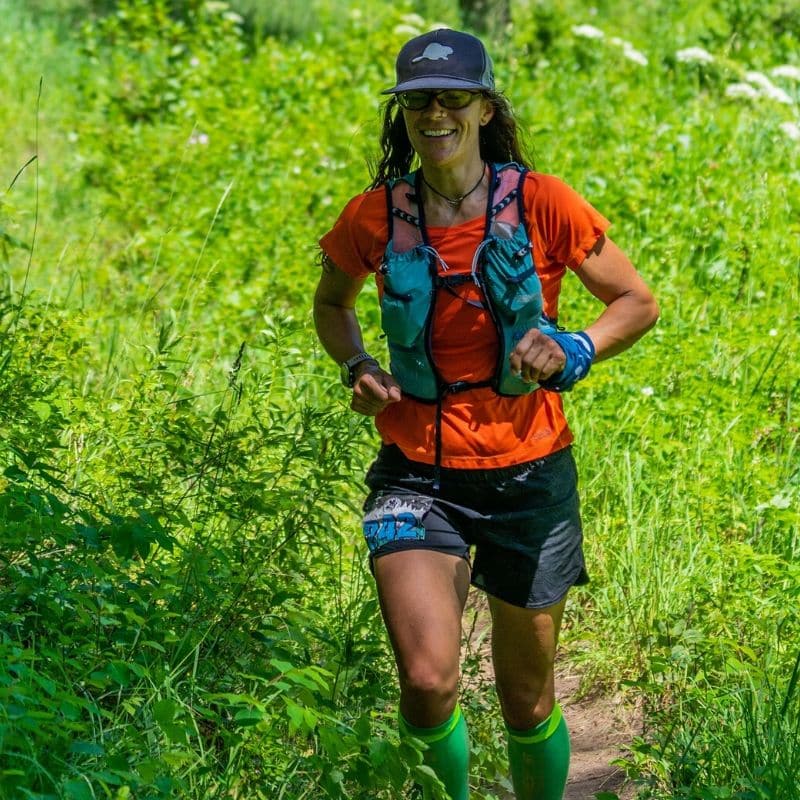
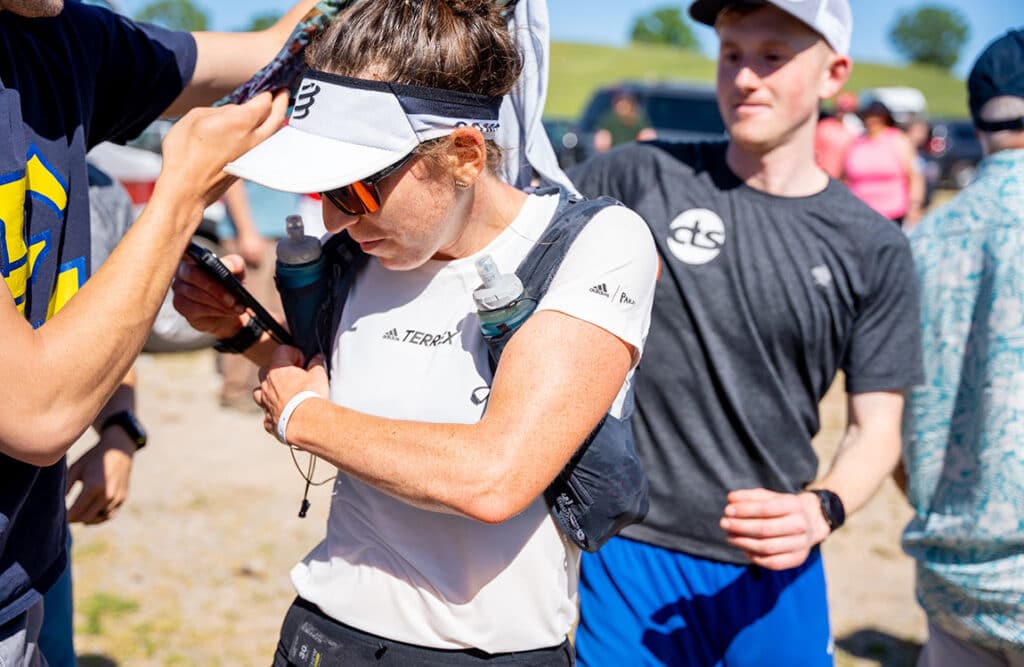
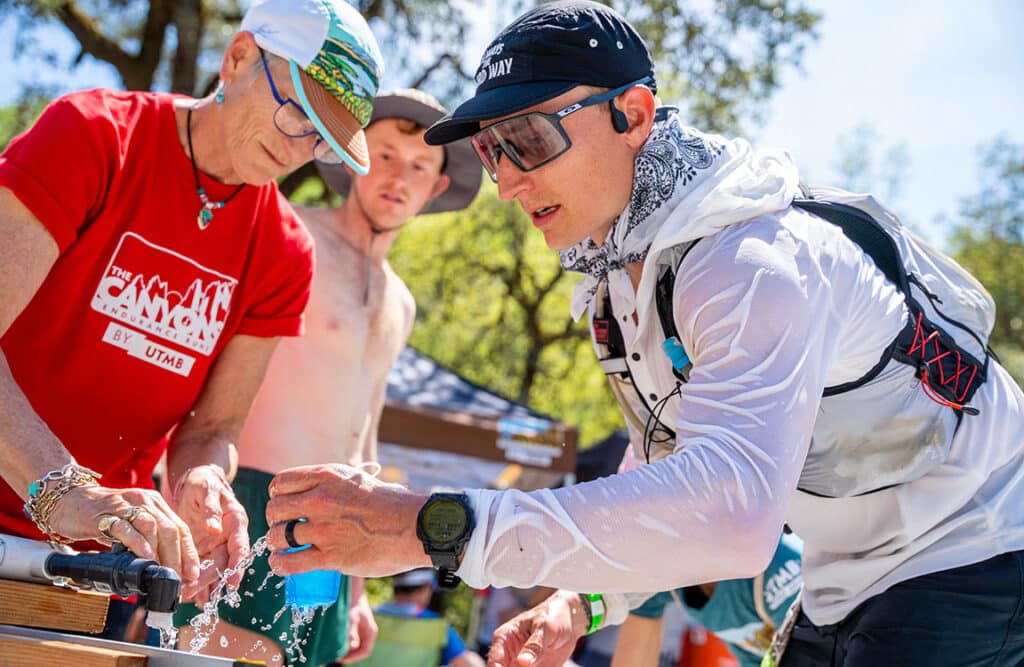
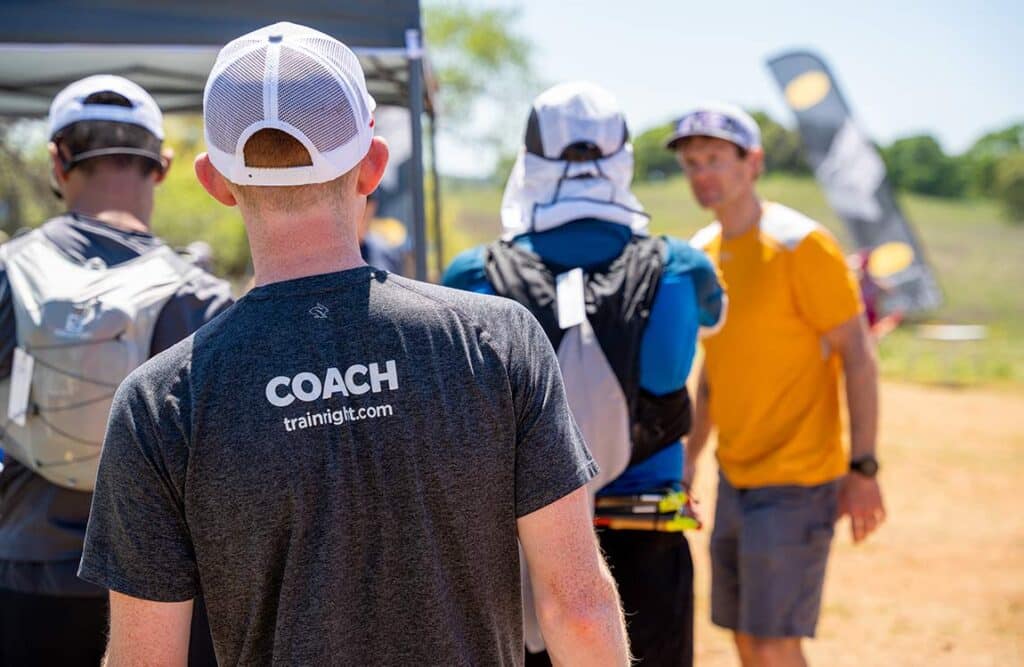
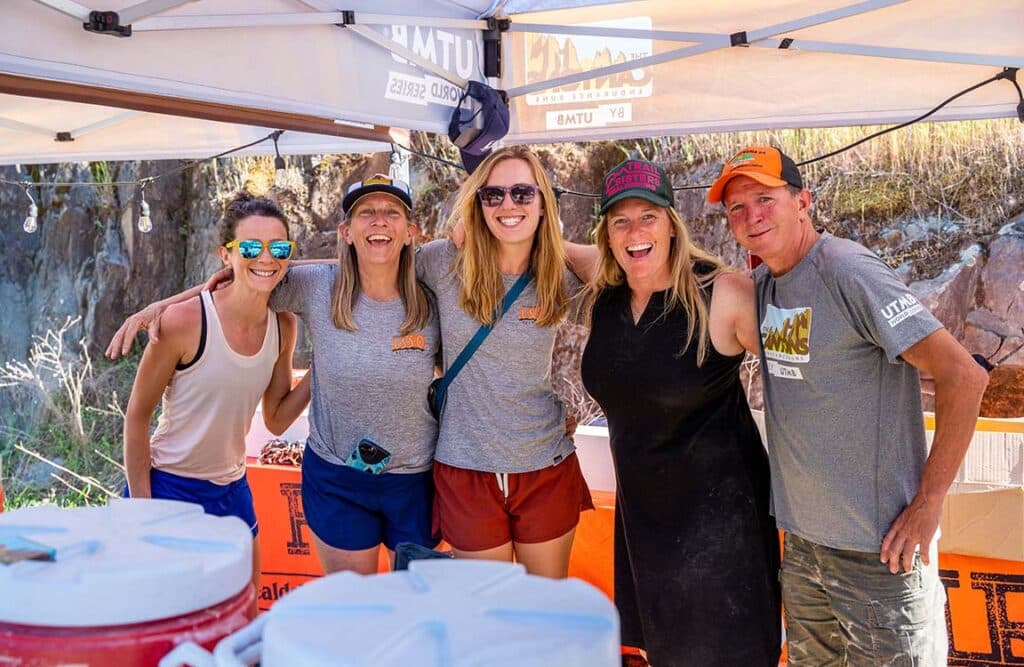
Comments 3
Pingback: Ultimate Pacing Strategy for Your First 50 Miler | Finish Smart
I entered a tour in Mesa, AZ of 70+ miles and was one of few who actually started among 300 or so participants. It was windy and raining and was a most memorable and worthy attempt as I actually placed in my age division! It was truly challenging, but I was glad to have traveled and followed through by riding and finishing the course. However, I was disappointed that not one aid station showed up due to the weather.
Pingback: The 9 Steps to Unprecedented Success at Western States 100 - Jason Koop